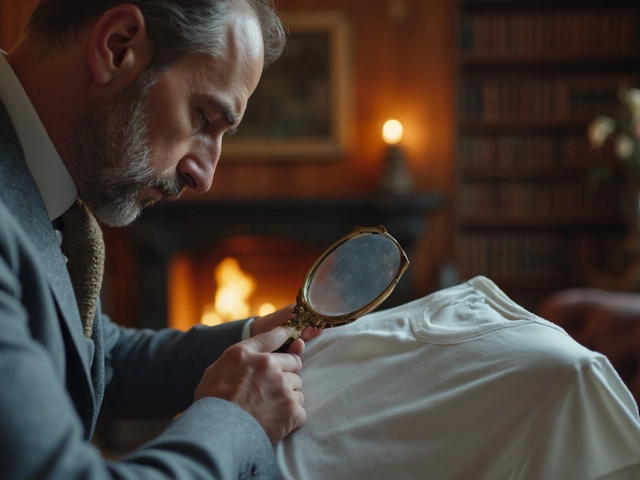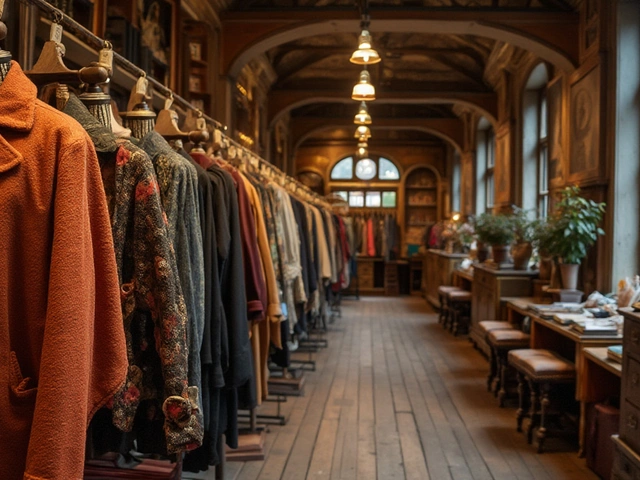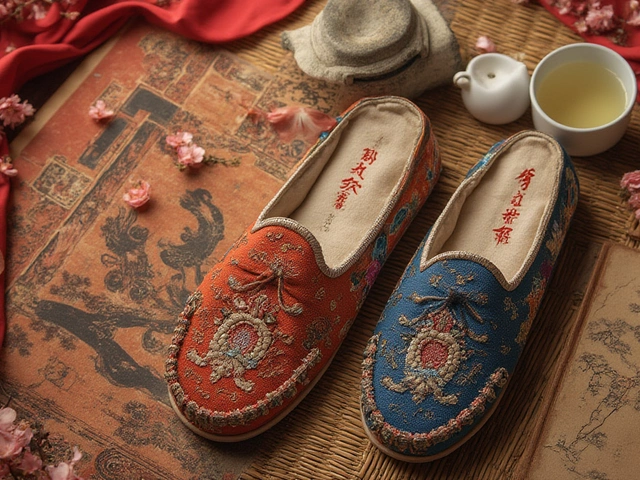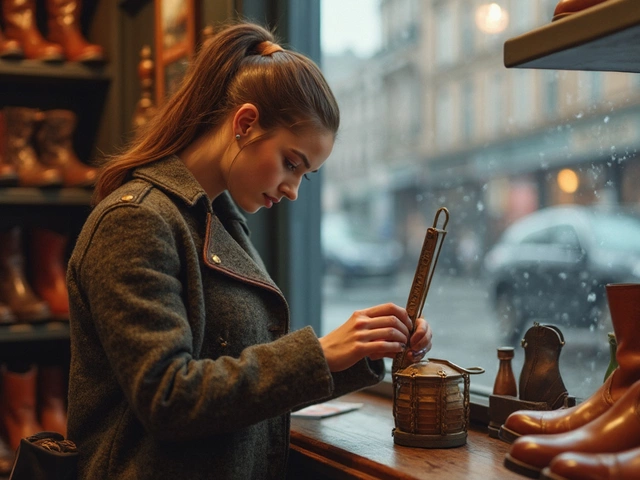Uniform Colors: How to Choose the Right Shades for Your School or Workplace
First thing you notice about a uniform is its color. A good hue does more than look neat – it can lift spirits, hide stains, and keep costs low. Below are simple steps to pick colors that work for any uniform program.
What Makes a Uniform Color Work?
Start with three ideas: visibility, durability, and brand identity. Bright colors like navy or dark green hide dirt and last longer between washes. Light shades such as pastel blue or gray are great for hot climates because they reflect heat. If your school or company has a logo, match the primary color to keep the brand consistent.
Practical Tips for Picking and Maintaining Colors
1. Test a swatch: Grab a fabric piece in the exact shade and wash it a few times. Does it bleed? Does it fade? If it stays true, you’re set.
2. Mix and match wisely: Pair a dark trouser with a lighter top to balance the look and hide wear in high‑traffic areas.
3. Consider fabric type: Cotton holds color well, but blends may need a special dye to avoid fading.
4. Bulk buying saves money: Ordering the same color in large quantities cuts per‑item cost and ensures uniformity across the whole group.
When you choose colors that hide stains, you’ll replace fewer pieces each year. That means lower expenses for parents, schools, or employers. It also reduces the environmental impact of constantly producing new garments.
Another perk is morale. Studies show that students wearing calmer colors, like teal or soft gray, feel less stressed during exams. Employees in darker, professional shades often report higher confidence during client meetings. Pick colors that match the atmosphere you want to create.
Don’t forget the season. Summer uniform colors should be lighter and breathable – think sky blue shirts or pastel polo tops. Winter uniforms can shift to richer tones like burgundy or forest green, which also conceal the occasional snow‑spotted splash.
If you run a boutique like Handmade Designs Elgin, offering custom uniform colors can be a unique selling point. Clients love the ability to choose a hue that reflects their identity while still getting the handmade quality you provide.
Finally, keep a color guide handy. List every approved shade with its Pantone or RGB code, fabric recommendation, and wash instructions. This reference prevents mix‑ups when new batches arrive and makes reordering a breeze.
Choosing the right uniform colors isn’t just about looking neat – it’s about practicality, cost control, and creating a vibe that fits your community. Use these tips, test a few samples, and you’ll end up with a uniform line that works day in, day out.

What Color Are School Uniforms? Unraveling the Trends
School uniforms are more than just clothes. They often serve to create a sense of unity and discipline among students. In many places around the world, colors of school uniforms have specific meanings and purposes. From the calming blues to the authoritarian blacks, each color has a role. Understanding these choices can give insights into a school’s values and culture.




